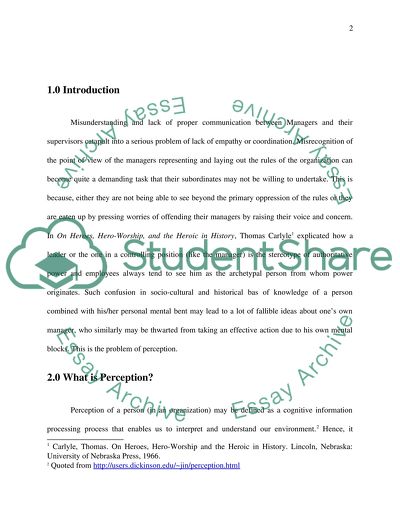Cite this document
(“What HR Managers Must Know about Employee Sabotage Dissertation”, n.d.)
What HR Managers Must Know about Employee Sabotage Dissertation. Retrieved from https://studentshare.org/human-resources/1512089-organizational-behavior-master-essay
What HR Managers Must Know about Employee Sabotage Dissertation. Retrieved from https://studentshare.org/human-resources/1512089-organizational-behavior-master-essay
(What HR Managers Must Know about Employee Sabotage Dissertation)
What HR Managers Must Know about Employee Sabotage Dissertation. https://studentshare.org/human-resources/1512089-organizational-behavior-master-essay.
What HR Managers Must Know about Employee Sabotage Dissertation. https://studentshare.org/human-resources/1512089-organizational-behavior-master-essay.
“What HR Managers Must Know about Employee Sabotage Dissertation”, n.d. https://studentshare.org/human-resources/1512089-organizational-behavior-master-essay.


